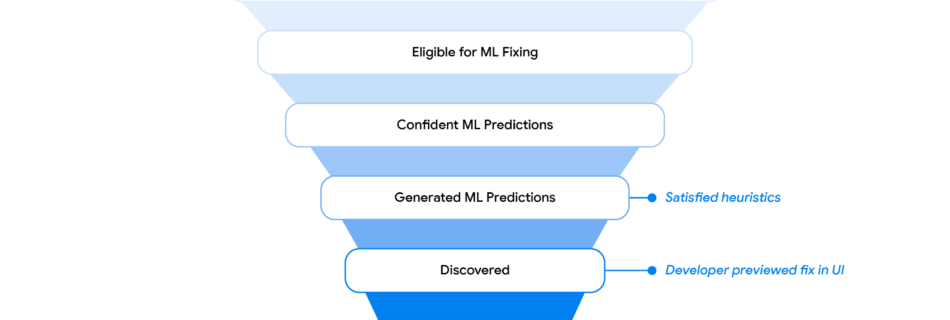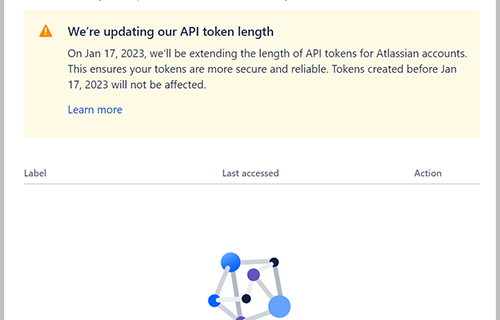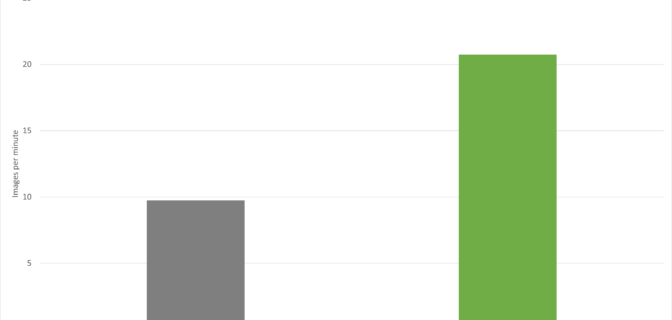What is smart transportation?
Every day, people encounter multiple obstacles while traveling to their intended destinations. Sitting in traffic, waiting for the bus to arrive 15 minutes later than scheduled, driving around for 30 minutes to find a parking spot—the modern world is full of inconveniences due to underlying inefficiencies in our transportation systems. However, stalled cars and harried …




